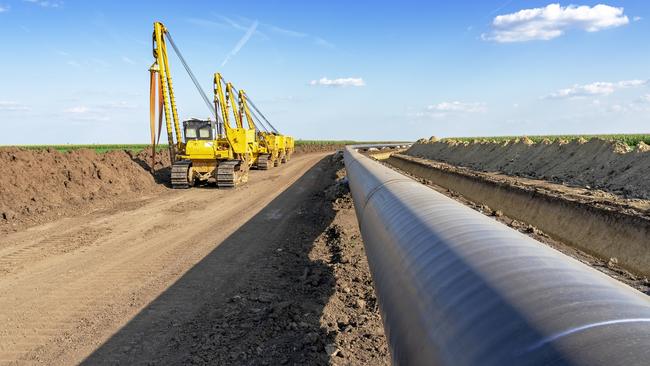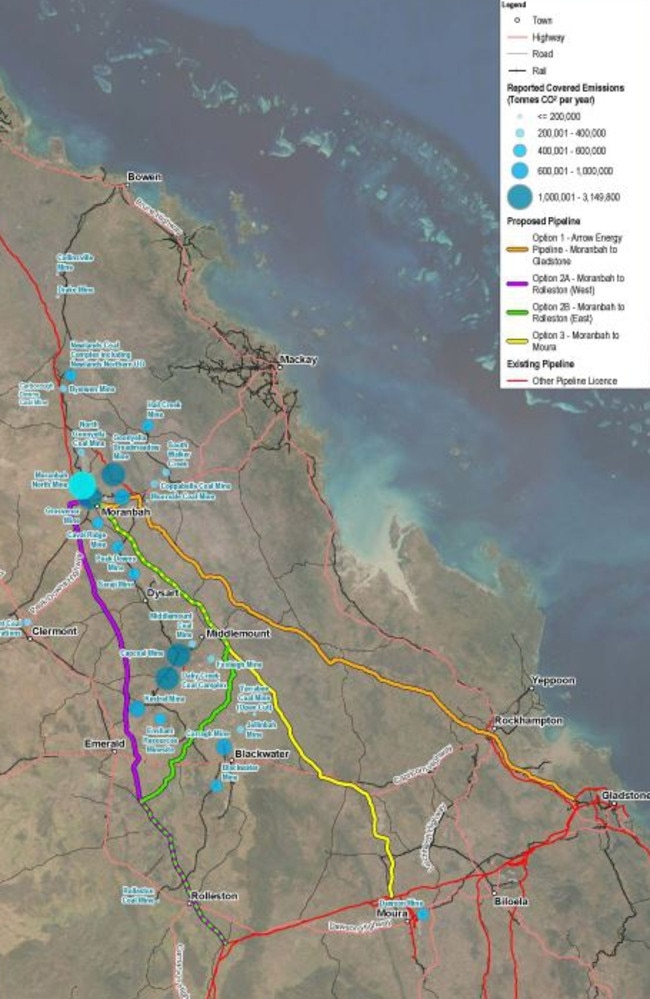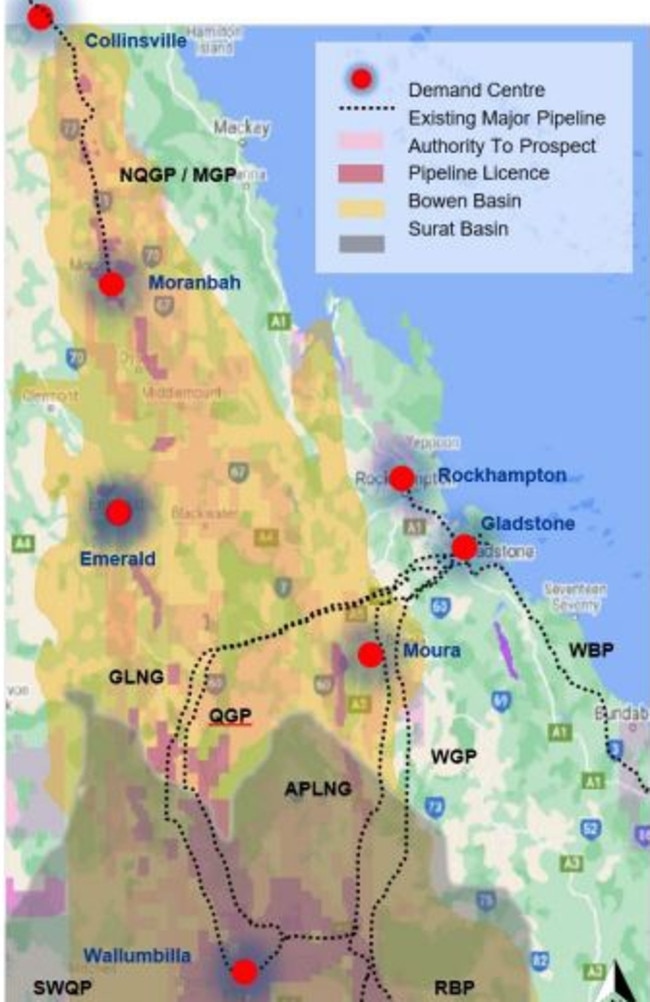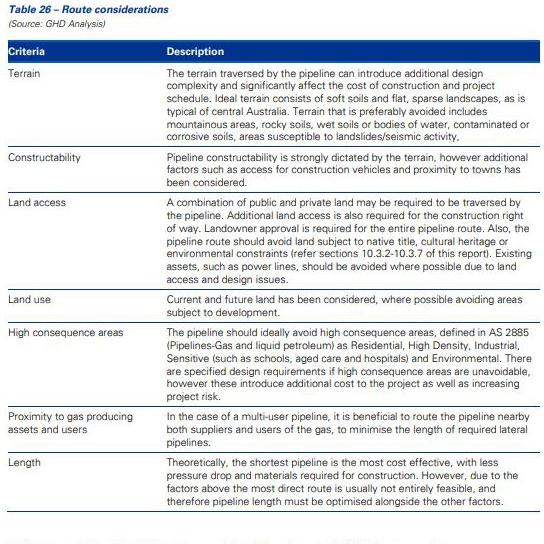Bowen Basin gas pipeline could reduce coal mine emissions
A new study has found Queensland’s Bowen Basin could future-proof gas supply for Australia’s east coast, reduce emissions and help create jobs. Here’s why.
Business
Don't miss out on the headlines from Business. Followed categories will be added to My News.
A new study has found a gas pipeline in the Bowen Basin could future-proof gas supply, reduce emissions and help create jobs.
Resources Minister Scott Stewart today released the Bowen Basin Pipeline concept study, which found opening the basin to gas development could provide environmental and economic benefits for Queensland.
“The answer to domestic gas shortages and supporting our manufacturers is more gas production here in Queensland,” Mr Stewart said.
“Developing the Bowen Basin could do this, while also making a valuable addition to our transition to a low carbon economy.”

Mackay MP Julieanne Gilbert said the resources industry was a key part of the region’s economy.
“The resources industry has long been a traditional strength of Mackay and Central Queensland’s economy and this is just another potential opportunity to create jobs in the region,” she said.
The Bowen Basin covers about 60,000sq km of land from Collinsville to the NSW border.

The basin has more than 40 active coal mines, two gold mines, producing gas fields and other gas and coal activities.
The focus of the study was on the northern section of the basin from Collinsville down to Emerald.
The concept study investigated potential pipeline pathways and optimisation of the Bowen Basin’s gas reserves to support the east coast gas market for export and domestic use.

The study also investigated opportunities to capture fugitive emissions from underground and open-cut coal mines in the Bowen Basin to help in Queensland’s efforts to reduce greenhouse gas emissions.
“The analysis undertaken as part of this study demonstrates a clear need for the development of additional gas production capacity to supplement the predicted shortfall of gas in the East Coast Gas Market by the mid 2020s,” the report reads.
“While other prospective basins exist and could also be developed to provide gas into the ECGM ... the Bowen Basin is potentially in a prime position to supply the additional gas requirements due to the level of existing infrastructure, existing production and extensive exploration and appraisal activity within the basin.
“Existing pipeline infrastructure transports gas from production regions, predominantly Queensland, to the regions of high gas demand such as Sydney, Melbourne and Adelaide.
“Historically the southern basins - such as Gippsland, Bass and Otway which supplied these high-demand regions - contained large volumes of gas, which was extracted relatively cheaply, however most of these resources are now approaching end-of-life, or have been depleted by decades of extraction.

“This has resulted in the need for additional gas to be supplied from the northern states to the southern states and, in the short-to medium term future, it is likely net shortfalls on both a daily and annual basis will begin to be realised.
“The overall conclusion from this modelling is that gas in the Bowen Basin is considered to be economically recoverable based on reasonable assumptions of cost, revenue, well design and coal geology.”

Mr Stewart said the project could make meaningful progress towards the government’s target of 30 per cent reduction in emissions by 2030 and zero net emissions by 2050.
“Modelling in the study showed the reduction in fugitive emissions from coal mine methane capture outweighs the potential emissions impact from CSG,” he said.
“This means the pipeline would bring low emission gas to market, and it could also reduce the emissions impact of coal mines in the area, which is a big win-win for all involved.”
The Bowen Basin coal mines “have a substantial annual greenhouse gas emissions footprint” but the report suggests this could be reduced via increased use of gas pre-drainage and goaf gas.
The study suggests the pipeline would need to take final investment decisions by late 2023 but the ‘best case’ timeline for a material increase in gas production was five years.
“Additionally, there would need to have been sufficient development of reserves through exploration to de-risk the FID such that there is confidence in upstream economic reserves instead of estimated resources that would underpin a large investment in a pipeline,” the report reads.





